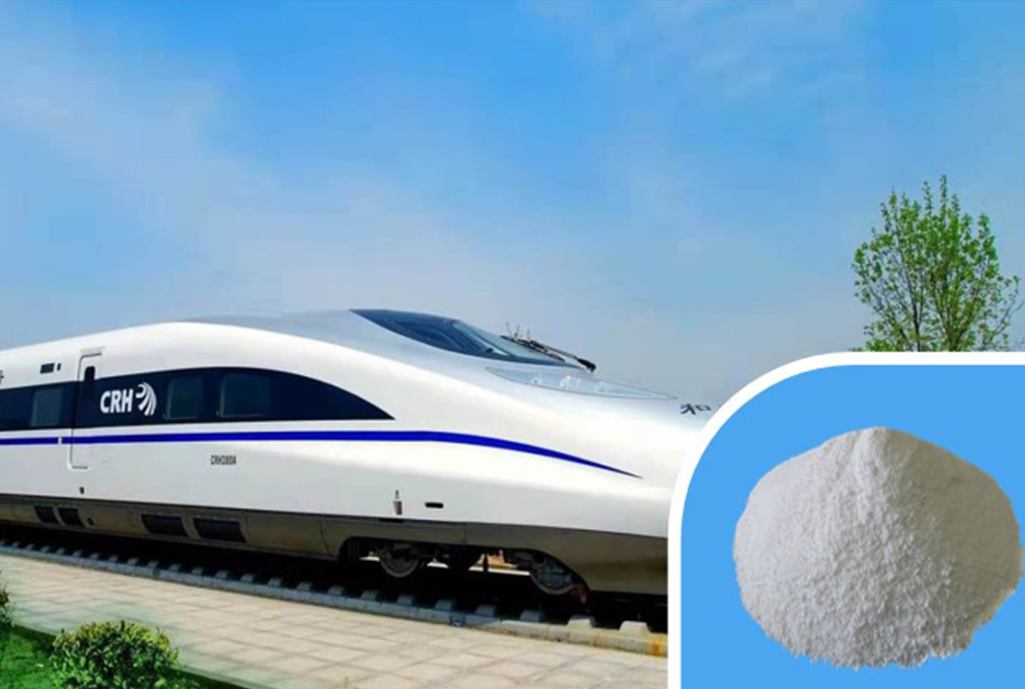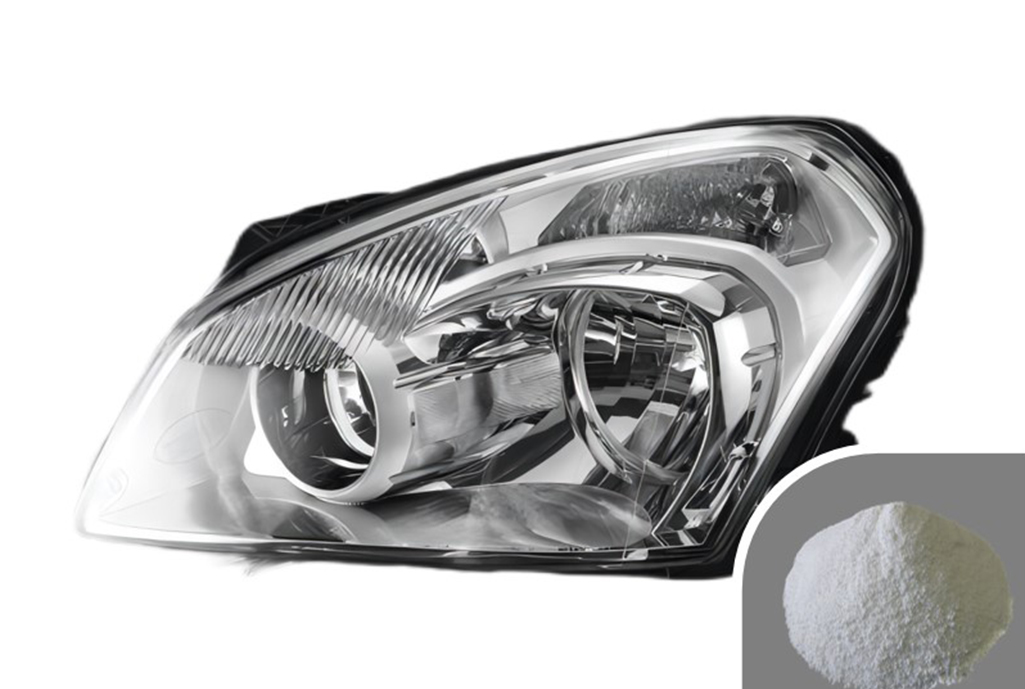What are the Advantages of Using Composite Flame Retardants?
2025-09-10
Flame retardants are crucial for reducing the flammability of materials, thereby enhancing fire safety in various applications, from construction and electronics to textiles and transportation. While single-component flame retardants have been widely used, composite flame retardants represent a more advanced and effective approach. These systems combine two or more flame retardant components, each with a different mechanism of action, to create a synergistic effect. This synergy results in superior fire performance that is not achievable with any single component alone.
Synergistic Effects and Enhanced Performance
The primary advantage of composite flame retardants lies in their ability to leverage synergistic effects. For example, one component might be an endothermic material that cools the polymer and dilutes flammable gases, while another might form a char layer that acts as a physical barrier to heat and oxygen. When combined, their individual effects are amplified. This synergistic approach often means that a lower total loading of flame retardant is required to achieve the desired fire rating. This is a significant benefit, as high loading levels of single-component flame retardants can often negatively impact the mechanical properties, processability, and appearance of the final product.
Multifunctional Mechanisms of Action
Composite flame retardants offer multiple modes of fire protection. Instead of relying on a single mechanism, they can simultaneously cool the material, dilute flammable gases, promote char formation, and act as radical scavengers. This multi-pronged attack on the combustion process makes them highly effective across a wider range of materials and fire scenarios.
-
Cooling and Gas Dilution: Some components, like aluminum hydroxide or magnesium hydroxide, release water vapor when heated. This process not only cools the material but also dilutes the concentration of flammable gases in the fire zone.
-
Char Formation: Other components, such as intumescent systems, work by forming a swollen, insulating char layer on the surface of the material. This char layer protects the underlying polymer from heat and oxygen, effectively slowing down combustion.
-
Radical Scavenging: Certain phosphorus-based compounds can interfere with the chain reactions of combustion in the gas phase, reducing the overall heat release rate.

Improved Material Properties
By allowing for lower loading levels, composite flame retardants help preserve the inherent physical and mechanical properties of the base material. Single-component systems, especially at high concentrations, can act as fillers that weaken the polymer, making it more brittle or less flexible. Composite flame retardants mitigate this issue, ensuring that the final product retains its strength, flexibility, and other critical performance characteristics.
Cost-Effectiveness
Although the initial cost of some composite flame retardants might be higher on a per-kilogram basis, their overall cost-effectiveness is often superior. The need for a lower total loading means less material is required to meet fire safety standards. Additionally, the improved mechanical properties and processability can reduce manufacturing waste and optimize production cycles, leading to significant long-term savings.
Tailored Solutions for Specific Applications
The modular nature of composite flame retardants allows for customized formulations. By carefully selecting and combining different components, manufacturers can develop tailored solutions for specific polymers and applications. For example, a formulation for an electronic housing might prioritize char formation and low smoke generation, while a textile application might focus on durability and non-leaching properties. This ability to fine-tune the flame retardant system provides an advantage in meeting increasingly stringent and diverse fire safety regulations.
In conclusion, moving beyond single-component systems to composite flame retardants offers a range of compelling advantages. Their ability to deliver synergistic effects, employ multiple fire protection mechanisms, and maintain crucial material properties makes them a more efficient and effective solution for modern fire safety challenges. As regulatory requirements become stricter and material science advances, the use of composite flame retardants will undoubtedly become the standard for achieving high-performance fire protection in a wide array of industries.




















